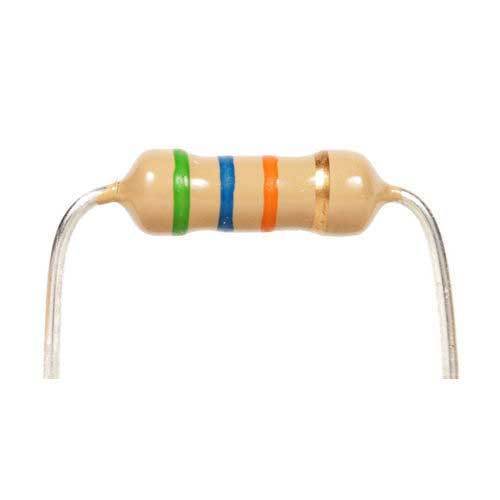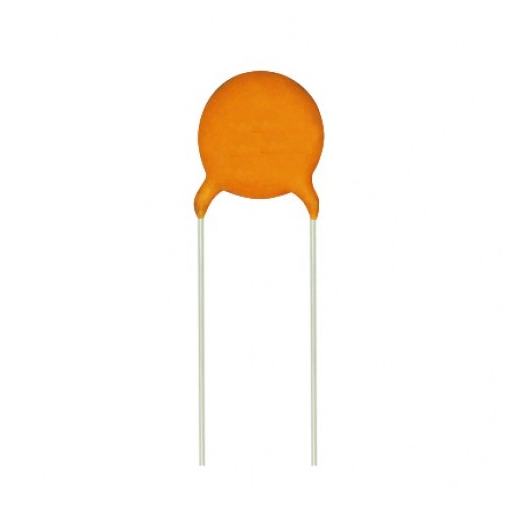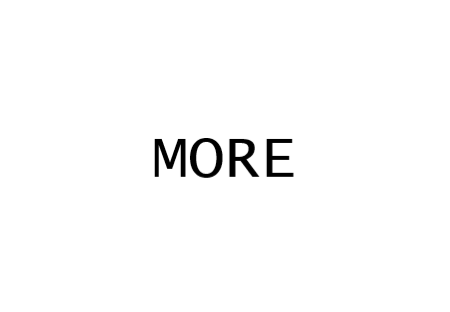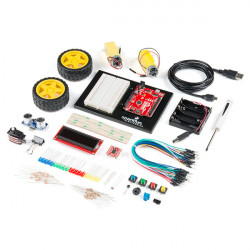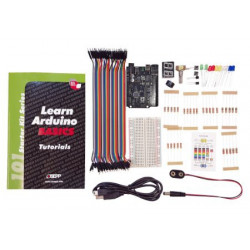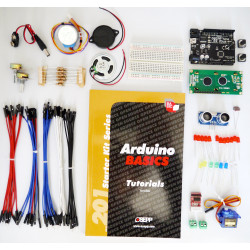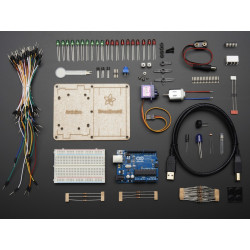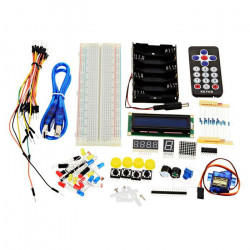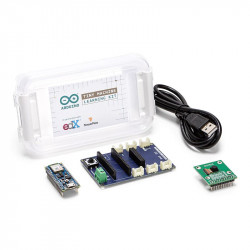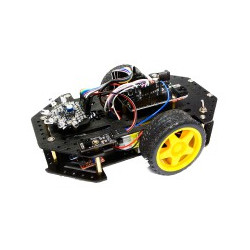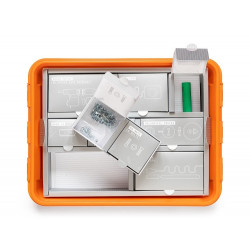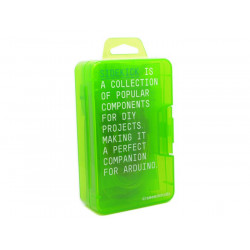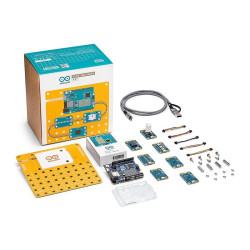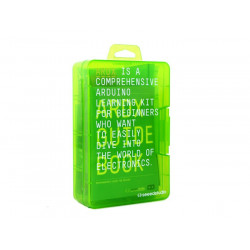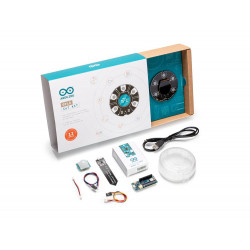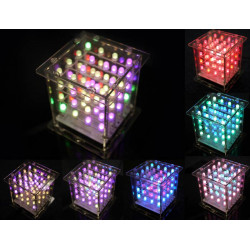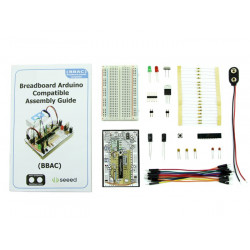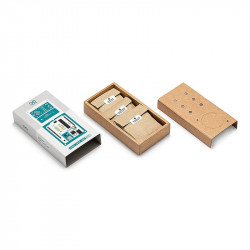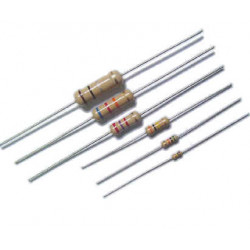All pictures are for illustrative purposes only.
We will be closed on Apriil 18th for Good Friday. We hope everyone will have a fun Easter weekend!
Store address and hours
location_on 4131 Fraser St. Vancouver BC Get Directions
phone 604-875-1993 Call us
access_time Hours
| Monday - Friday | 9AM - 5:30PM |
| Saturday - Sunday & Holidays | Closed |
| See Holiday Hours | |
Open • Closes at 5:30PM
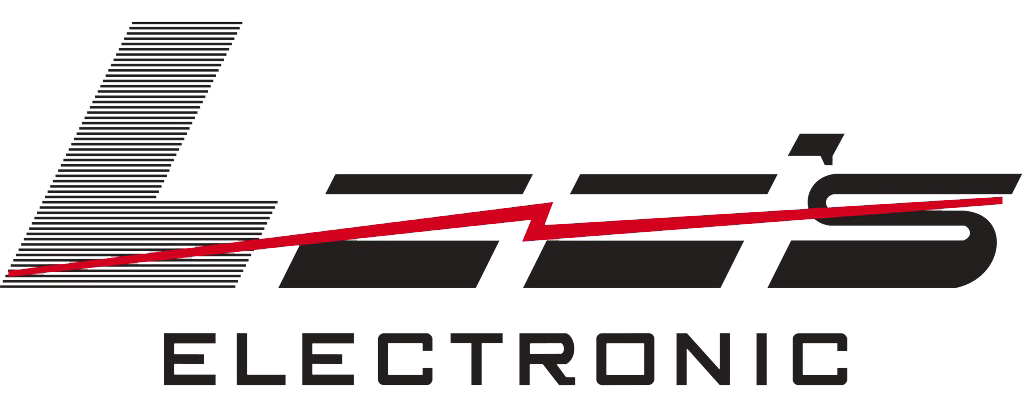
close
Menu
-
 close
close -
CATEGORIES
-
-
-
-
-
-
-
-
-
-
-
-
-
Featured Items
-
-
-
-
-
-
-
More mirco-controllers
-
More Developement Tools
-
-
More Prototyping
-
More Modules
-
-
Featured Items
-
More prototyping Tools
-
-
-
-
-
-
-
-
Featured Item
-
-
-
-
-
-
-
Featured Items
-
-
-
-
-
-
-
-
-
-
Featured Items
-
-
-
-
-
-
-
-
-
-
-
Featured Items
-
-
-
-
-
-
-
-
-
Featured Items
-
-
-
-
-
-
Popular Cleaners
-
-
-
Featured Items
-
-
-
-
-
-
-
Featured Items
-
-
-
-
-
Featured Items
-
-
-
-
Featured Products
-
-
-
-
-
more motor
-
-
more power supplies
-
-
Featured Items
-
-
-
more electrical devices
-
-
-
-
-
-
-
Featured Items
-
-
-
-
-
-
BRANDS
-
- PROJECTS
-
COMMUNITY
-
-
-
FEATURED POSTS
-
-
-
- SALE
ARDUINO UNO WORKSHOP 65 PIECES
Description
Arduino Uno is a microcontroller board based on the ATmega328 (datasheet). It has 14 io pins, 6 Analogue inputs, a 16MHz crystal oscillator, a USB connection, a power jack, an ICSP header and a reset button. Uno differs from all preceding boards in that it does not use the FTDI USB to serial driver chip. Instead, it features ATmega16U2 programmed as a USB to serial converter. Revision 2 of the Uno board has a resistor pulling the 8U2 HWB line to ground, making it easier to put into DFU mode. Revision 3 of the board has the following new features: 1.0 pin out: added SDA and SCL pins that are near to the AREF pin and two other new pins placed near to the RESET pin, the IOREF that allow the shields to adapt to the voltage provided from the board. In future, shields will be compatible both with the board that use the AVR, which operate with 5V and with the Arduino Due that operate with 3.3V.
- An open source design
- An easy USB interface
- Very convenient power management and built-in voltage regulation
- 16MHz clock, fast enough for most applications
- 32KB of flash memory for storing the code
- 13 digital pins and 6 Analogue pins
- An On-Board LED attached to digital pin 13 for fast an easy debugging of code
- A button to reset the program on the chip
- ICSP connector for bypassing the USB port and interfacing the Arduino directly as a serial device
- Can be powered via the USB connection or with an external power supply
Related products
Your recently viewed products



























































































.png)
